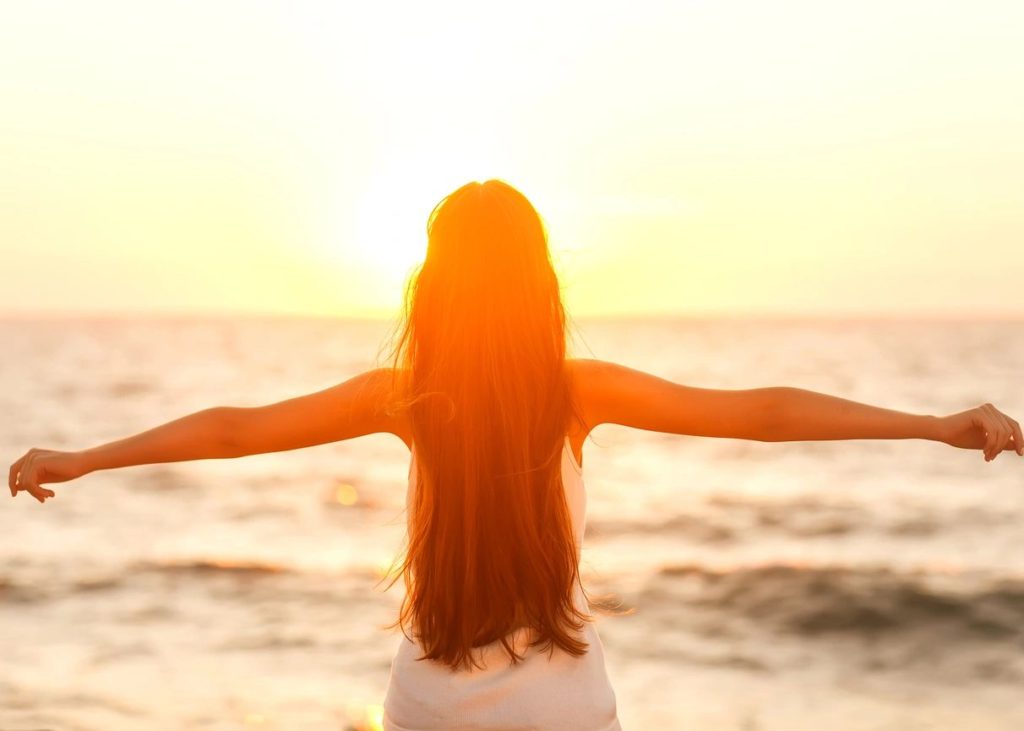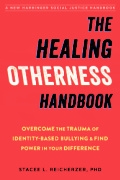Aw, the magic of the holidays is near! But for sufferers of seasonal affective disorder (SAD), the shortened and often gloomy days, compounded by winter storms and long, dark nights feels like anything but “magic.” Instead, it feels like the beginning of a prolonged period of hopelessness, loss of interest in activities and even people, and a sense of being taunted by the sudden ubiquity of Christmas carols instructing us to be of good cheer. And for most of the U.S. and Canada, the whole thing just got jump started by the end of daylight savings time.
But I’m not telling you anything you don’t already know if you suffer from SAD every year at this time, although this article by the National Institute of Mental Health gives a solid explanation of seasonal affective disorder’s symptoms, risk factors, and treatments. You want solutions, right? Here are 5 that you may not have necessarily considered:
1. Light therapy. This is a frequently used treatment that works by extending the amount of light exposure people have during the day. There are a few ways to get this, too. One bookworm I knew treated her SAD by filling a beautiful aquarium with corals and anemones. She actually came to look forward to long winter nights that were spent reading by her tank, and did so without the harmful rays of intense lightboxes. Terrariums, which have made a comeback from their 70s heyday, are another great low light option; and African violets, which flower in a huge array of colors, are well-suited to terrarium living. Growlights for indoor plants will keep tropical beauties with full, glossy leaves at their most lush and healthy, helping create an attractive living space that’s also well-lit. Be sure to read manufacturer instructions about plant light safety.
2. Dance and arts based therapies. There are a lot of great talk therapists who specialize in work with depressive disorders. Talk isn’t the only form of therapy, though. Dance therapy allows the body to experience healing through movement and physical expression. If you can’t find a dance therapist, there are dance classes at gyms, studios, and Meetup circles around the country offering everything from ballroom to hip hop to bellydancing. You say you feel too self-conscious to dance? Art therapy, yet another wonderful expressive therapy that engages through the process of creation, is another option. Art classes are also ubiquitous; and even craft stores offer opportunities to learn a fun hobby while producing gift-worthy wreaths and other pretty home decor.
3. Medications. This isn’t a cold. You’re not going to beat it with chicken soup. It’s time to recognize that seasonal affective disorder and other mental and emotional concerns are a part of your overall health. Make an appointment with your doctor and talk about your signs and symptoms. Medication can help you through the season.
4. Create ‘Winter Only’ Activities. Nope, I don’t mean Netflix and chowing down on pizza and leftover Halloween candy. You may have to get yourself out the door kicking and screaming, but engagement with the world is key to you staying active and healthy. Play tourist in your hometown museums and historical features; see the entertainment and lecture opportunities being offered in theaters, universities, and cultural centers. Embrace the outdoors, if your health permits it. I discovered a love of snowshoeing while living through New Hampshire’s long, dark, and snowy winter. And I’m a Native Texan, so this took some pretty deliberate choicemaking.
5. Fitness. Don’t wait until New Year’s to start a resolution to lose weight or get into shape. The time to start a physical regimen is now; and there are gyms for every budget, goal, and fitness interests. In addition to feeling better, there’s the very real bonus that strength training increases joint flexibility that can reduce injuries due to slips on ice. I attribute my strength training to avoiding serious injury from a fall I had in Chicago 4 years ago. Yoga friends swear by its health benefits, and hot yoga may be an especially good antidote for winter’s bite.
If after reading this, you’re still saying “Bah!,” I get it. It takes a lot of effort to avoid retreating into the negativity of seasonal affective disorder. By making that effort, though, you create the possibility of a radically different winter. There’s of course the added bonus that you’ll start spring with some beautiful houseplants, pieces of your own art, and maybe even some fancy Salsa footwork.
Follow me on Facebook


